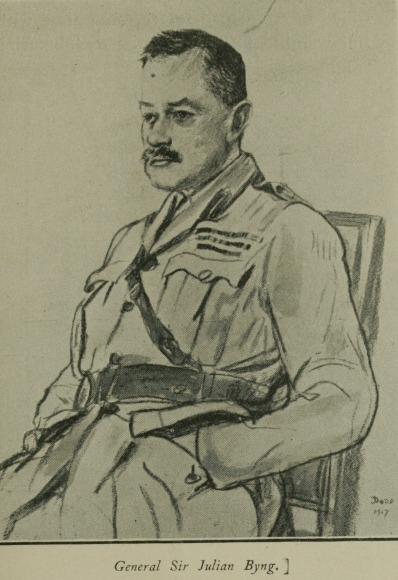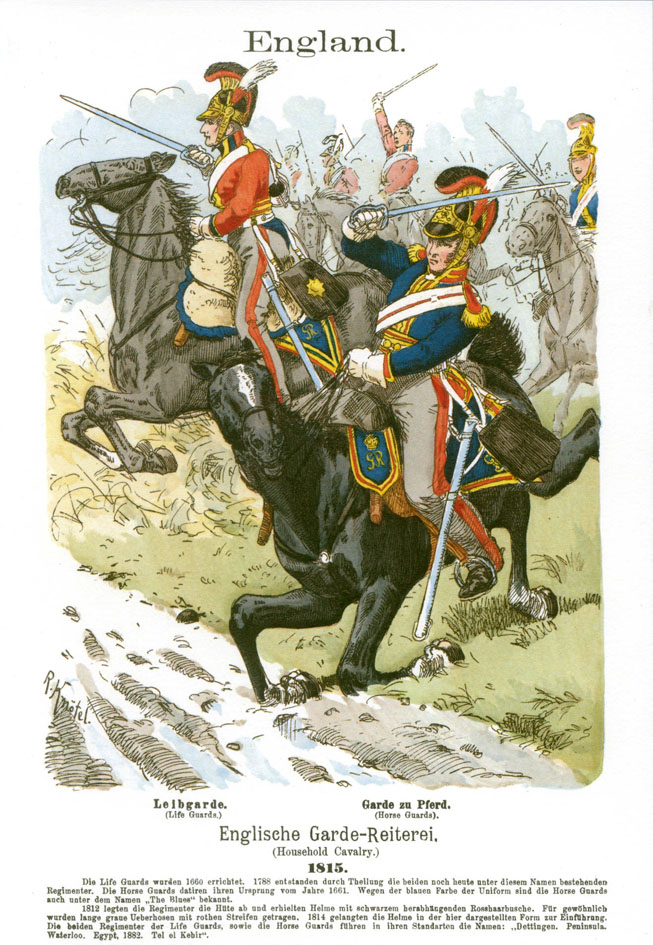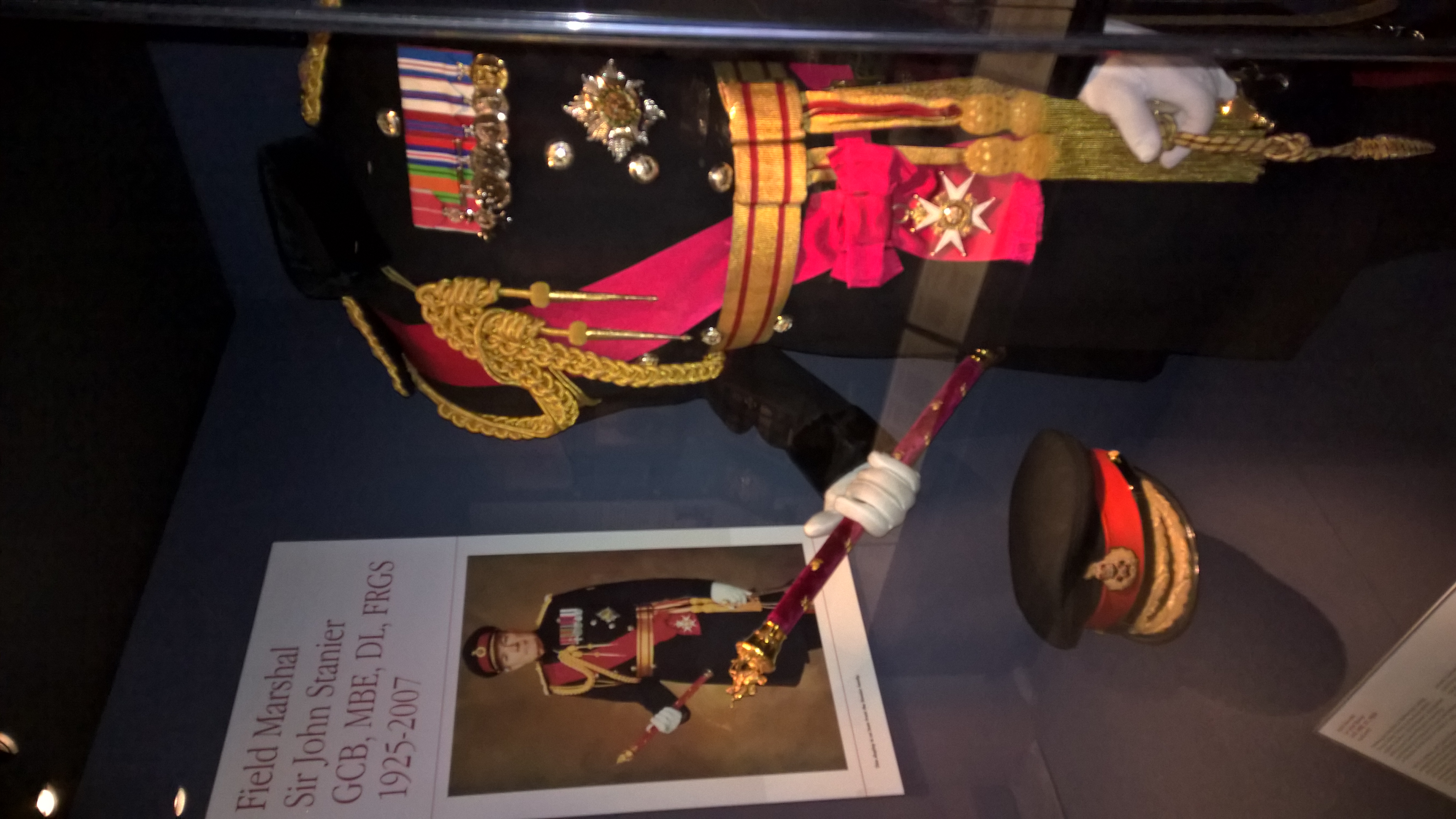|
Lord Byng Of Vimy
Field Marshal Julian Hedworth George Byng, 1st Viscount Byng of Vimy, (11 September 1862 – 6 June 1935) was a British Army officer who served as Governor General of Canada, the 12th since the Canadian Confederation. Known to friends as "Bungo", Byng was born to a noble family at Wrotham Park in Hertfordshire, England and educated at Eton College, along with his brothers. Upon graduation, he received a commission as a militia officer and saw service in Egypt and Sudan before enrolling in the Staff College at Camberley. There, he befriended individuals who would be his contemporaries when he attained senior rank in France. Following distinguished service during the First World War—specifically, with the British Expeditionary Force in France, in the Battle of Gallipoli, as commander of the Canadian Corps at Vimy Ridge, and as commander of the British Third Army—Byng was elevated to the peerage in 1919. In 1921, King George V, on the recommendation of Prime Minister David ... [...More Info...] [...Related Items...] OR: [Wikipedia] [Google] [Baidu] |
Field Marshal
Field marshal (or field-marshal, abbreviated as FM) is the most senior military rank, ordinarily senior to the general officer ranks. Usually, it is the highest rank in an army and as such few persons are appointed to it. It is considered as a five-star rank (OF-10) in modern-day armed forces in many countries. Promotion to the rank of field marshal in many countries historically required extraordinary military achievement by a general (a wartime victory). However, the rank has also been used as a divisional command rank and also as a brigade command rank. Examples of the different uses of the rank include Austria-Hungary, Pakistan, Prussia/Germany, India and Sri Lanka for an extraordinary achievement; Spain and Mexico for a divisional command ( es, link=no, mariscal de campo); and France, Portugal and Brazil for a brigade command (french: link=no, maréchal de camp, pt, marechal de campo). Origins The origin of the term dates to the early Middle Ages, originally meaning ... [...More Info...] [...Related Items...] OR: [Wikipedia] [Google] [Baidu] |
Essex
Essex () is a county in the East of England. One of the home counties, it borders Suffolk and Cambridgeshire to the north, the North Sea to the east, Hertfordshire to the west, Kent across the estuary of the River Thames to the south, and Greater London to the south and south-west. There are three cities in Essex: Southend, Colchester and Chelmsford, in order of population. For the purposes of government statistics, Essex is placed in the East of England region. There are four definitions of the extent of Essex, the widest being the ancient county. Next, the largest is the former postal county, followed by the ceremonial county, with the smallest being the administrative county—the area administered by the County Council, which excludes the two unitary authorities of Thurrock and Southend-on-Sea. The ceremonial county occupies the eastern part of what was, during the Early Middle Ages, the Anglo-Saxon Kingdom of Essex. As well as rural areas and urban areas, it forms ... [...More Info...] [...Related Items...] OR: [Wikipedia] [Google] [Baidu] |
South African Light Horse
The South African Light Horse regiment of the British Army were raised in Cape Colony in 1899 and disbanded in 1907. The commanding officer tasked with raising the regiment was Major (locally a Lieutenant Colonel) the Honourable Julian Byng. (10th Hussars) who would go on to rise to the rank of Field Marshal). The future Prime Minister of the United Kingdom Winston Churchill served as a lieutenant in the SALH from January to July 1900. Relief of Ladysmith The regiment was formed in November 1899, just one month after the start of the Second Boer War, and by December of that year 8 squadrons had been raised from Uitlanders. They were largely financed by Wernher-Beit & co. and together with the Imperial Light Horse they effectively formed a Uitlander army. A small portion were used to protect the railway line to De Aar but they mostly served as a part of the Mounted Brigade of the Natal Field Force under Lieutenant-General Douglas Cochrane the 12th Earl of Dundonald, taking ... [...More Info...] [...Related Items...] OR: [Wikipedia] [Google] [Baidu] |
10th Royal Hussars
The 10th Royal Hussars (Prince of Wales's Own) was a cavalry regiment of the British Army raised in 1715. It saw service for three centuries including the First World War and Second World War but then amalgamated with the 11th Hussars (Prince Albert's Own) to form the Royal Hussars (Prince of Wales's Own) in October 1969. History Early history The regiment was formed at Hertford in 1715 as Gore's Regiment of Dragoons, one of 16 raised in response to the 1715 Jacobite rising. The Rising ended before the unit was ready for action; while most of these temporary formations were disbanded in 1718, Gore's remained in being and spent the next 25 years on garrison duty, primarily in the West Country. It first saw active service during the 1745 rising, at the Battle of Falkirk Muir in January 1746 and the Battle of Culloden in April. As part of the reforms enacted by the Duke of Cumberland, it was retitled the 10th Regiment of Dragoons in 1751. During the 1756 to 1763 Seven Years' W ... [...More Info...] [...Related Items...] OR: [Wikipedia] [Google] [Baidu] |
2nd Cavalry Brigade (United Kingdom)
The 2nd Cavalry Brigade was a brigade of the British Army. It served in the Napoleonic Wars (2nd Union Cavalry Brigade), the Boer War and in the First World War when it was assigned to the 1st Cavalry Division. Prior to World War I the brigade was based at Tidworth Camp in England; and originally consisted of three cavalry regiments and a Royal Engineers signal troop. After the declaration of war in August 1914, the brigade was deployed to the Western Front in France, where an artillery battery joined the brigade the following September and a Machine Gun Squadron in February 1916. History Napoleonic Wars From June 1809, Wellington organized his cavalry into one, later two, cavalry divisions ( 1st and 2nd) for the Peninsular War. These performed a purely administrative, rather than tactical, role; the normal tactical headquarters were provided by brigades commanding two, later usually three, regiments. The cavalry brigades were named for the commanding officer, rather than ... [...More Info...] [...Related Items...] OR: [Wikipedia] [Google] [Baidu] |
1st Cavalry Brigade (United Kingdom)
The 1st Cavalry Brigade was a brigade of the British Army. It served in the Napoleonic Wars (1st Household Cavalry Brigade), the Anglo-Egyptian War (1st (Heavy) Cavalry Brigade), the Boer War and in the First World War when it was assigned to the 1st Cavalry Division. Prior to World War I the brigade was based at Aldershot in England and originally consisted of three cavalry regiments, and a Royal Engineers signal troop. After the declaration of war in August 1914, the brigade was deployed to the Western Front in France, where an artillery battery joined the brigade the following September and a Machine Gun Squadron in February 1916. One of the brigade's early battles was the action at Néry on 1 September 1914 when, acting alone, the brigade defeated the German 4th Cavalry Division. As a result of this action three men from the artillery battery – Captain Edward Bradbury, Sergeant-Major George Dorrell and Sergeant David Nelson – were awarded the Victoria Cros ... [...More Info...] [...Related Items...] OR: [Wikipedia] [Google] [Baidu] |
British Troops In Egypt
British Troops in Egypt was a command of the British Army. History A British Army commander was appointed in the late 19th century after the Anglo-Egyptian War in 1882. The British Army remained in Egypt throughout the First World War and, after the War, remained there to protect the Suez Canal. Following Egypt's independence in 1922, the United Kingdom and Egypt entered into a treaty in 1936 whereby British troops remained to protect the canal and to train the Egyptian Army. HQ BTE occupied a garrison role while the Western Desert Campaign was fought against Italy and Germany during the Second World War. Initially British troops in the area consisted of the Mobile Division (Egypt), later to become the 7th Armoured Division, and the Cairo Brigade. On 5 July 1942, 'A' Force Depot was redesignated as 74th Armoured Brigade (Dummy Tanks) in Egypt under the command of Headquarters British Troops in Egypt. The "brigade" was redesignated a number of times: as 24th Armoured Brigade ( ... [...More Info...] [...Related Items...] OR: [Wikipedia] [Google] [Baidu] |
IX Corps (United Kingdom)
IX Corps was a corps-sized formation of the British Army that existed during the World War I, First and the World War II, Second World Wars. First World War The IX Corps was originally formed in England in 1915 in readiness to make a new landing at Suvla during the Battle of Gallipoli. Headquarters was formed at the Tower of LondonBecke, pp. 185–91. Command of the corps was given to Lieutenant-General Sir Frederick Stopford. His handling of the corps during the Battle of Sari Bair, August Offensive warranted his replacement after only 9 days with Lieutenant-General Julian Byng, 1st Viscount Byng of Vimy, Julian Byng. During the Gallipoli campaign the corps comprised the following divisions: * 10th (Irish) Division * 11th (Northern) Division * 13th (Western) Division * 53rd (Welsh) Infantry Division, 53rd (Welsh) Division * 54th (East Anglian) Infantry Division, 54th (East Anglian) Division * 2nd Mounted Division * IX Corps Signals was provided by London District Signals, Roya ... [...More Info...] [...Related Items...] OR: [Wikipedia] [Google] [Baidu] |
XVII Corps (United Kingdom)
The British XVII Corps was a British infantry corps during the First World War. History British XVII Corps was formed in France in January 1916 under Lieutenant General Julian Byng. In April 1917 the Corps attacked to the east of Arras near the River Scarpe but became bogged down in rain and snow. However the Corps held the line at Arras, continued to hold it through into 1918 and then broke the main Hindenburg Line at its strongest point in September 1918. General Officers Commanding Commanders included: * 9 December 1915 – 12 February 1916 Lieutenant-General Sir Charles Anderson * 12 February – 27 February 1916 Major-General Edward Montagu-Stuart-Wortley (acting) * 27 February – 25 May 1916 Lieutenant-General Julian Byng Field Marshal Julian Hedworth George Byng, 1st Viscount Byng of Vimy, (11 September 1862 – 6 June 1935) was a British Army officer who served as Governor General of Canada, the 12th since the Canadian Confederation. Known to friends as "Bun ... [...More Info...] [...Related Items...] OR: [Wikipedia] [Google] [Baidu] |
Canadian Corps
The Canadian Corps was a World War I corps formed from the Canadian Expeditionary Force in September 1915 after the arrival of the 2nd Canadian Division in France. The corps was expanded by the addition of the 3rd Canadian Division in December 1915 and the 4th Canadian Division in August 1916. The organization of a 5th Canadian Division began in February 1917 but it was still not fully formed when it was broken up in February 1918 and its men used to reinforce the other four divisions. The majority of soldiers of the Canadian Corps were British-born Canadians until near the end of the war, when the number of those of Canadian birth who had enlisted rose to 51 percent. They were mostly volunteers, as conscription was not implemented until the end of the war (''see'' Conscription Crisis of 1917). Ultimately, only 24,132 conscripts made it to France before 11 November 1918. In the later stages of the war the Canadian Corps was regarded by friend and foe alike as one of the most e ... [...More Info...] [...Related Items...] OR: [Wikipedia] [Google] [Baidu] |
Third Army (United Kingdom)
The Third Army was a field army of the British Army during World War I that saw active service on the Western Front throughout the war. First World War The Third Army was part of the British Army during World War I and was formed in France on 13 July 1915, under the command of Lieutenant-General Charles Monro. During August 1915 the Third Army took over trench line south of the French Tenth Army, which had to keep in position for the forthcoming autumn offensive. This made the Third Army geographically separate from the other British Armies for the time being. This remained the case until March 1916, when the French Tenth Army was redeployed because of French losses at Verdun and the British Fourth Army was formed in preparation for the Battle of the Somme. The battles it took part in on the Western Front included: * Battle of the Somme * Battle of Cambrai * Second Battle of Arras (April 1917) * Battle of Passchendaele * Battle of Amiens (August 1918) * Hundred Days Offensiv ... [...More Info...] [...Related Items...] OR: [Wikipedia] [Google] [Baidu] |
Field Marshal (United Kingdom)
Field Marshal (FM) has been the highest rank in the British Army since 1736. A five-star rank with NATO code OF-10, it is equivalent to an Admiral of the Fleet (Royal Navy), Admiral of the Fleet in the Royal Navy or a Marshal of the Royal Air Force in the Royal Air Force (RAF). A Field Marshal's insignia consists of two crossed batons surrounded by yellow leaves below St Edward's Crown. Like Marshals of the RAF and Admirals of the Fleet, Field Marshals traditionally remain officers for life, though on half-pay when not in an appointment. The rank has been used sporadically throughout its history and was vacant during parts of the 18th and 19th centuries (when all former holders of the rank were deceased). After the Second World War, it became standard practice to appoint the Chief of the General Staff (United Kingdom), Chief of the Imperial General Staff (later renamed Chief of the General Staff (United Kingdom), Chief of the General Staff) to the rank on his last day in the post. ... [...More Info...] [...Related Items...] OR: [Wikipedia] [Google] [Baidu] |






